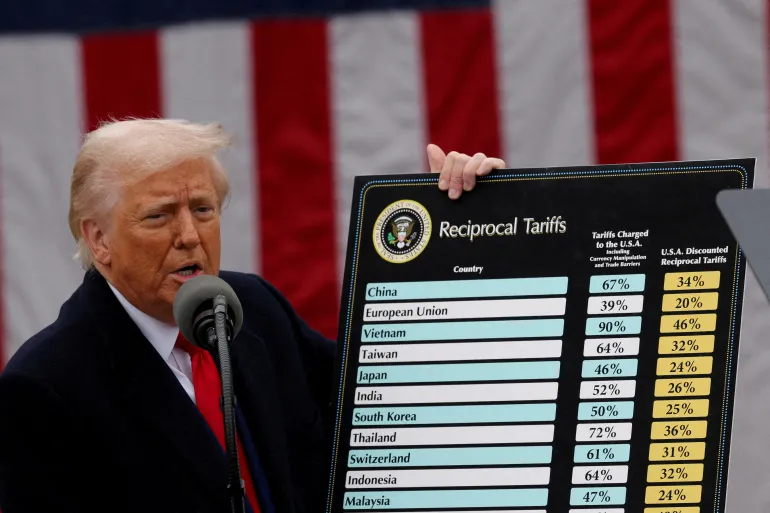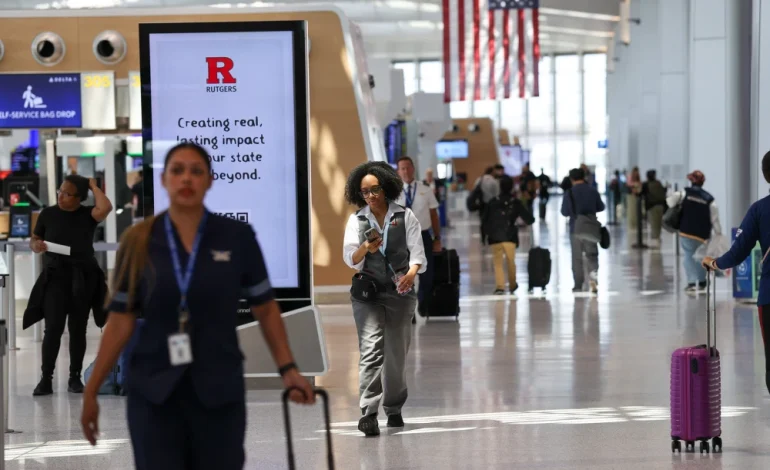As the US economy sends conflicting signals, economists expect the latest jobs data to confirm a continued slowdown in hiring, with political and policy uncertainties weighing on employer confidence.
The Bureau of Labor Statistics (BLS) is set to release its June employment report Thursday, one day earlier than usual due to the Independence Day holiday. Economists surveyed by FactSet anticipate the economy added 117,500 jobs, down from 139,000 in May, which would mark the weakest monthly gain since February. The unemployment rate is forecast to rise slightly to 4.3%, its highest level since October 2021.
The latest data comes amid signs that the post-pandemic hiring boom is gradually giving way to a more cautious labor environment. On average, employers have added about 124,000 jobs per month in 2025, down from 168,000 in 2024 and well below the 400,000 monthly average from 2021 to 2023.
While layoffs remain low, surveys and hiring announcements suggest growing caution. A Wednesday report from ADP showed private-sector payrolls declined by 33,000 in June, marking the first negative reading since March 2023. ADP attributed the decline to a hesitation to hire and a reluctance to replace departing workers.
“Though layoffs continue to be rare, a hesitancy to hire and a reluctance to replace departing workers led to job losses last month,” said Nela Richardson, ADP’s chief economist.
Despite weaker hiring figures, other parts of the economy appear relatively resilient. Wages continue to rise, inflation remains stable, and stock markets have reached record highs. Federal Reserve Chair Jerome Powell testified last week that the labor market remains solid, noting that “labor force participation, wages, and job creation are all at healthy levels.”
Still, the Fed is closely watching for signs of further softening. Some market participants believe a weak jobs report could increase the likelihood of an interest rate cut as early as July.
Some economists argue that recent policy shifts from the Trump administration are contributing to uncertainty. These include:
Tariff expansions and delays, which have disrupted manufacturing planning.
A federal hiring freeze, and voluntary departures amid broader cuts, which may reduce public-sector employment.
An ongoing immigration crackdown, which could shrink the labor force by discouraging participation among foreign-born workers.
In May, the US labor force shrank by more than 600,000 people, the sharpest decline in 18 months. According to economists at Wells Fargo, immigration-related policies may now be skewing headline labor market indicators by reducing labor supply, rather than reflecting organic job market strength.
Recent data also suggests that hiring is increasingly concentrated in leisure, hospitality, and health care, with weakness in sectors like manufacturing and professional services. Job openings in June rose, but mainly in lower-wage service industries. Analysts at Citi Research caution that these sectors alone cannot sustain broader job market stability.
Meanwhile, hiring announcements remain muted. A separate report from Challenger, Gray & Christmas showed employers announced roughly 83,000 new hires through June, a 19% increase over last year but still historically low.
“This suggests a cautious but stabilizing labor market,” said Andrew Challenger, senior vice president at the firm.
With input from the New York Times, NBC News, CNN, the Associated Press.










The latest news in your social feeds
Subscribe to our social media platforms to stay tuned